It’s been over 8 years since Google launched its first Pixel smartphones. And finally, after many years of waiting, we’ve officially received our very first set of Google Pixel smartphones here in Malaysia, in the form of the Pixel 9 series.
After years of experience producing smartphones, is Google’s ninth-generation “stock” Android-powered smartphone, specifically the Google Pixel 9 Pro XL, a worthy competitor to the likes of the Samsung Galaxy S24 Ultra and the iPhone 16 Pro Max? Or is it just a product that’s overhyped by its fans? Here’s what I’ve learnt after using it for months.
“Is that the Google phone?”
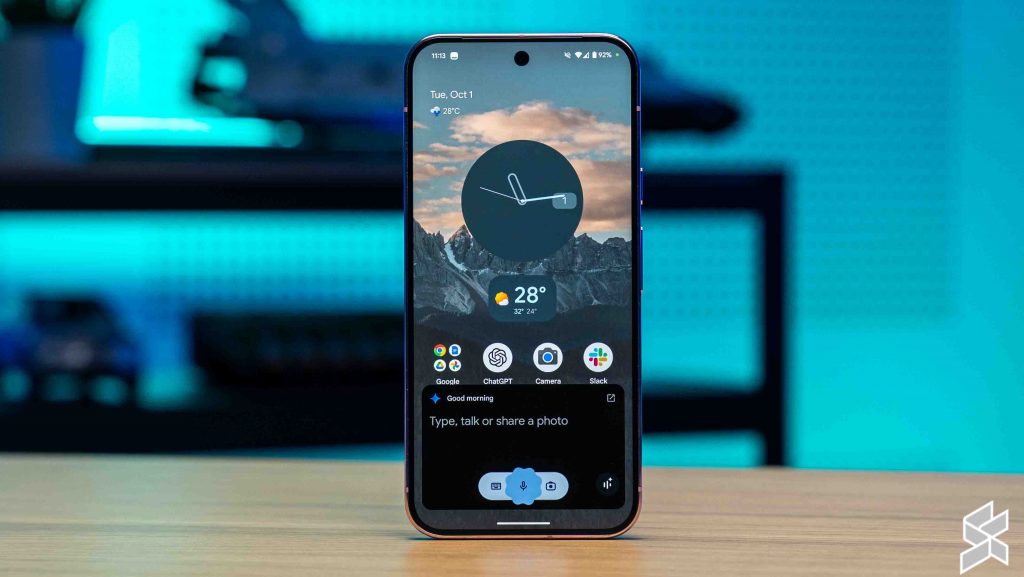
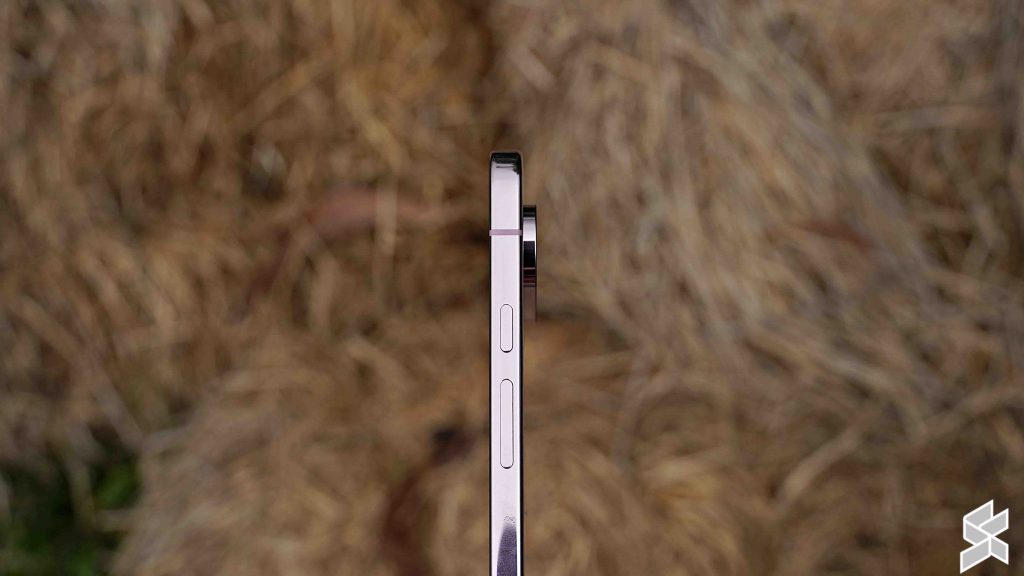
Being the first Pixel smartphones to be officially sold in Malaysia, the Google Pixel 9 series has received much hype. In fact, throughout my testing period, I’ve gotten numerous questions from family, friends, and even strangers asking, “Is that the Google phone?”
Interestingly, I’ve also had a couple of friends who mistook it for an iPhone instead. This might sound ridiculous to some of you, but that’s most probably because when looking solely at the Pixel 9 Pro XL’s front and especially its polished aluminium frame, it does look a lot like the iPhone Pro series. This is until they notice the huge camera visor and the “G” logo at the back and realise “Oh, that’s not an iPhone”.
Still, I’m happy to report that the Pixel 9 Pro XL does look and feel like a proper flagship. Also, if you’re not a fan of the not-so-vibrant colour options of the recent iPhone Pro models, you will be happy to know that the Pixel 9 Pro XL is available in more “fun-looking” shades such as the Rose Quartz (pink) one we have here.
Ultra-bright LTPO AMOLED display that’s not afraid of the sunlight
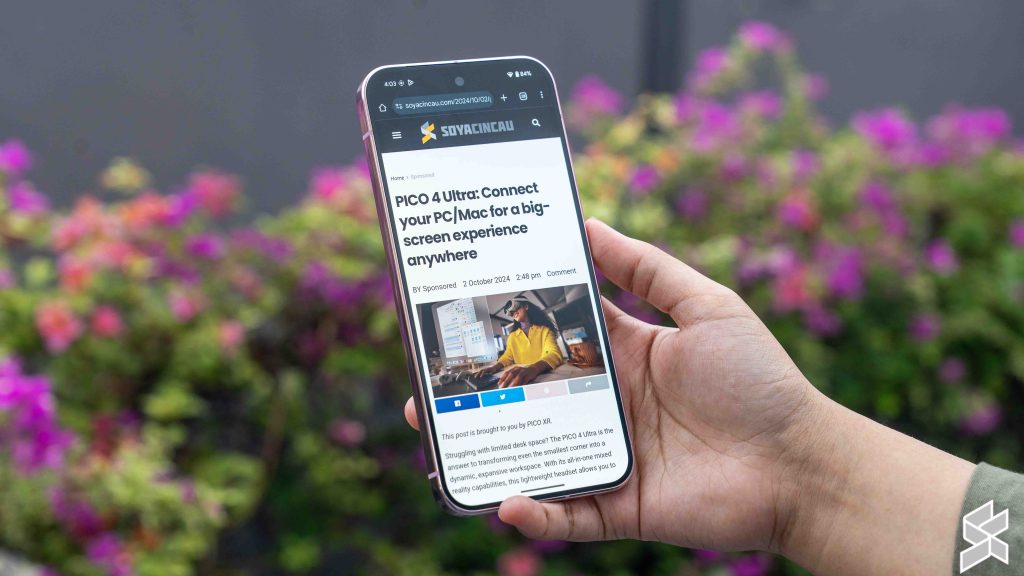
Google has fitted the Pixel 9 Pro XL with a 6.8” Super Actua LTPO AMOLED display. This panel comes with a smooth adaptive refresh rate of 120Hz, which can also go down to just 1Hz to save power. Not only it’s vibrant, but it’s super bright too with a peak brightness of 3,000 nits, making it easily viewable even when under the strongest of sunlight.
The Pixel 9 Pro XL also comes with a dual stereo speaker setup, which is pretty loud and punchy, but is frankly still not as great as those found on recent iPhones such as the 16 Pro Max in terms of depth, clarity, volume, and bass.
The Tensor G4 isn’t built for speed?
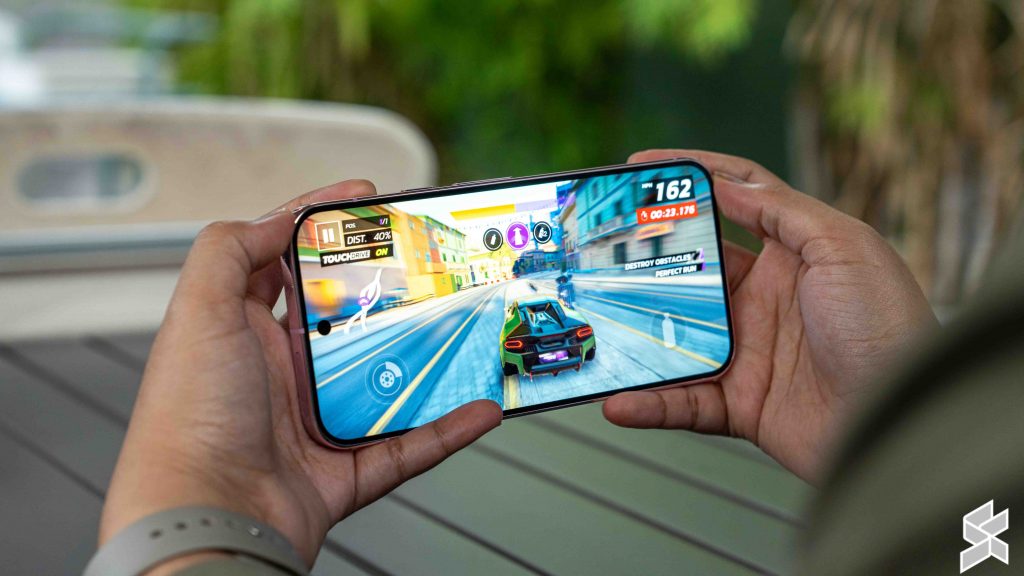
Powering the Google Pixel 9 series is Google’s latest Tensor G4 chip, which when compared against the Tensor G3 featured in the last-gen Pixel 8 series, isn’t that much more powerful.
In terms of benchmark scores, it’s also a couple of generations behind competitors like Qualcomm’s Snapdragon 8 Gen 3, and especially the more modern Snapdragon 8 Elite and Apple’s A18 chip. Google responded to this by saying that the Tensor G4 isn’t made for speed or to beat benchmarks, which isn’t the most confident-inspiring explanation I’ve ever heard, but OK.
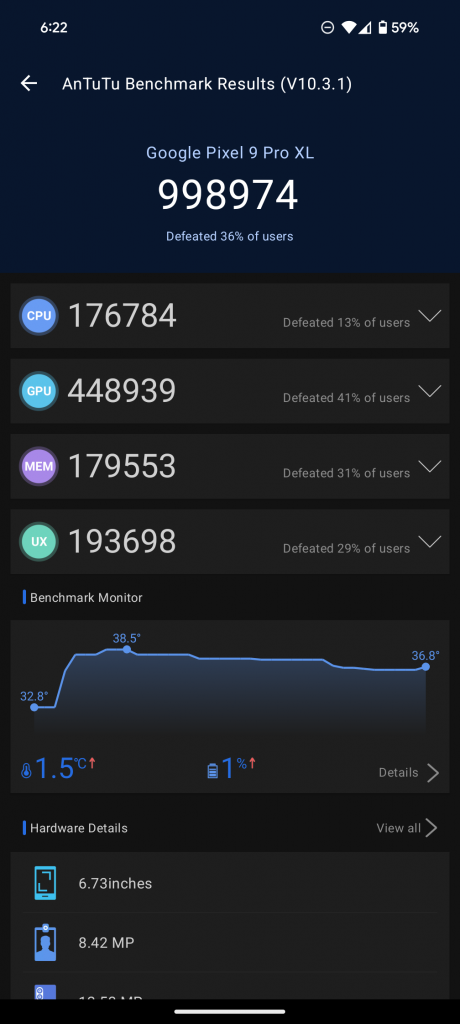
Despite my initial worries, I can gladly say that the Pixel 9 Pro XL with its Tensor G4 chip has served me well throughout my testing period. I’ve used the Pixel 9 Pro XL for texts, document-editing, social media, watching YouTube and Netflix videos, and occasionally playing some games such as Asphalt 9, Real Racing 3, and NBA Live.
It might not have the fastest flagship smartphone chip out there, but it does at least have rather decent thermal performance, staying much cooler than the likes of the iPhone 15 and 15 Pro Max, even under heavier tasks. However, with Apple’s latest iPhone 16 Pro series now equipped with graphene sheets, they compare rather equally against each other.
The classic Google Pixel camera experience that doesn’t disappoint
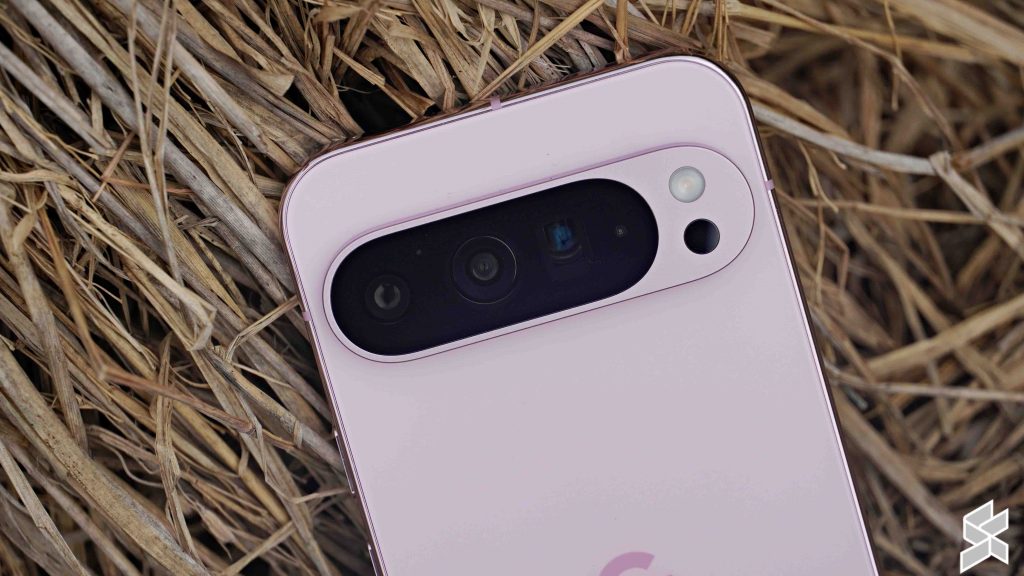
As you’ve read in the subheading, the Pixel 9 Pro XL’s cameras are pretty awesome, as you would expect from a Pixel phone. But before we get to how it performed against one of its closest competitors as well as its few but certainly existent weaknesses, let’s address the Pixel 9 Pro XL’s tri-camera setup first.
Google has fitted its latest non-foldable flagship smartphone with a 50MP f/1.7 main camera, a 48MP f/1.7 ultrawide camera, and a 48MP f/2.8 periscope telephoto shooter. This setup is mostly carried over from the previous-gen Pixel 8 Pro, but their software is further fine-tuned to help them keep up with the times.
Compared to the iPhone 16 Pro Max, pictures taken with the Pixel 9 Pro XL matched up equally in terms of quality, especially in daylight situations. However, the iPhone delivered better dynamic range, details, and less noise when in low-light situations.


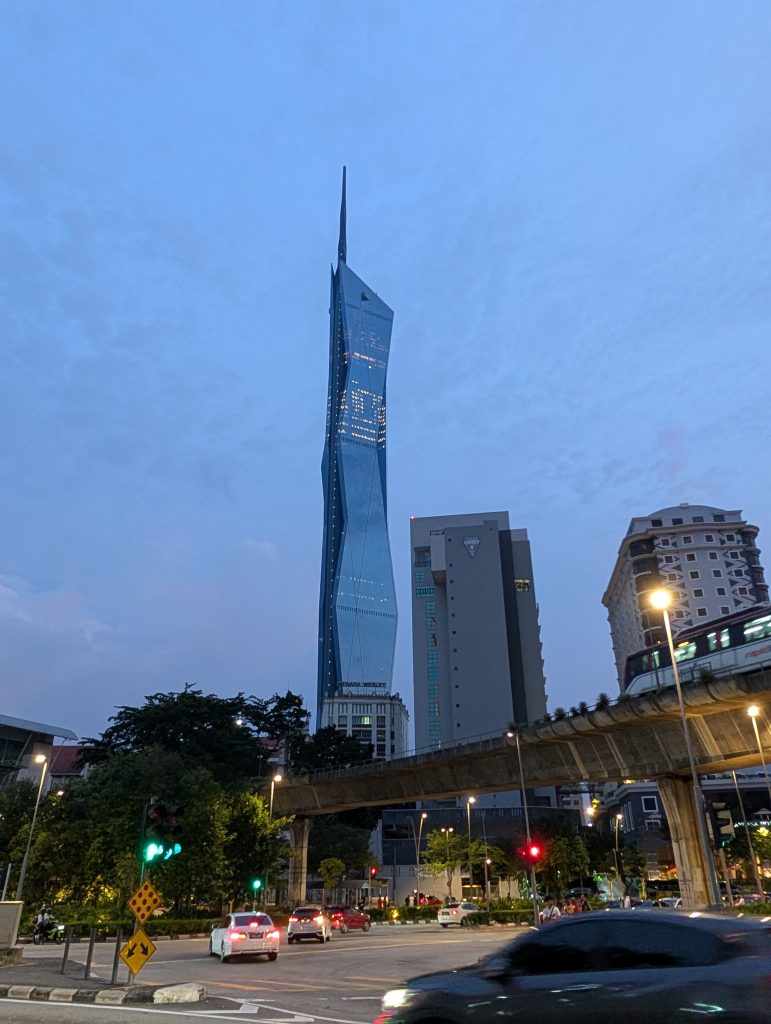

The tables turned though when zooming in to 5x or beyond, as the Pixel 9 Pro XL churned out pictures that look crispier, even when the sky turned dark. Still, that isn’t the Pixel 9 Pro XL’s strongest suit over the iPhone 16 Pro Max. Where the Pixel has a major upper hand is with its ultrawide angle camera.
Even at night, this 48MP f/1.7 ultrawide angle shooter presented more details with less noise than the iPhone 16 Pro Max’s ultrawide sensor. This advantage is most probably and partly contributed by the larger f/1.7 aperture of the Pixel’s ultrawide lens, as compared to the iPhone’s f/2.2 unit.
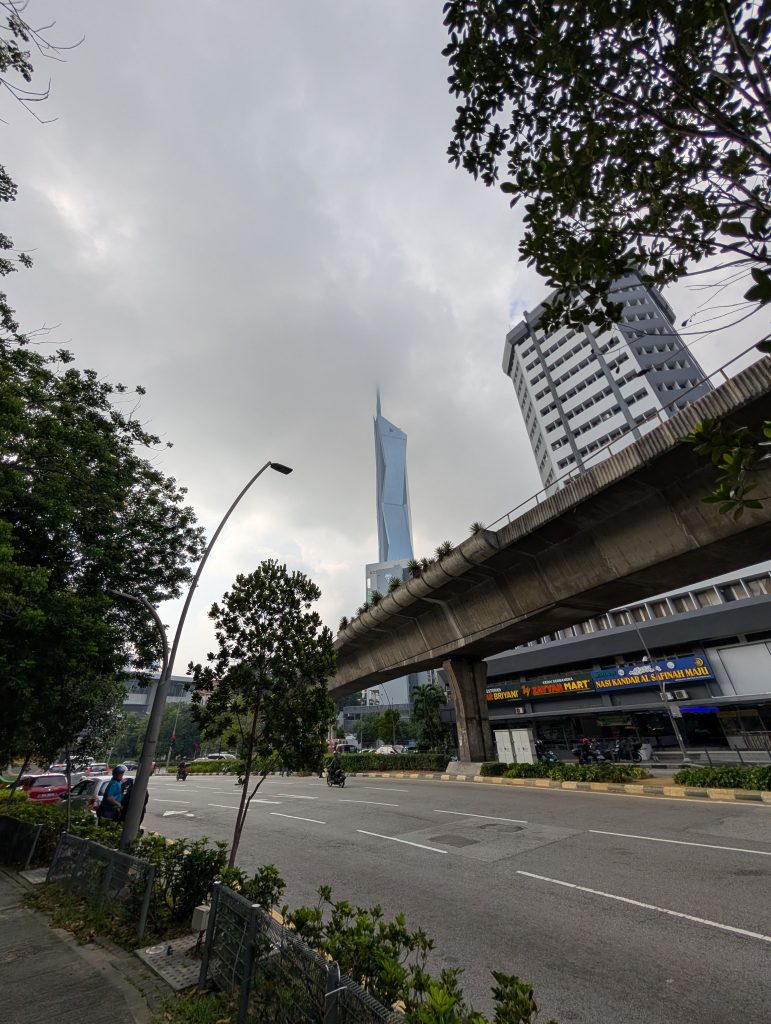

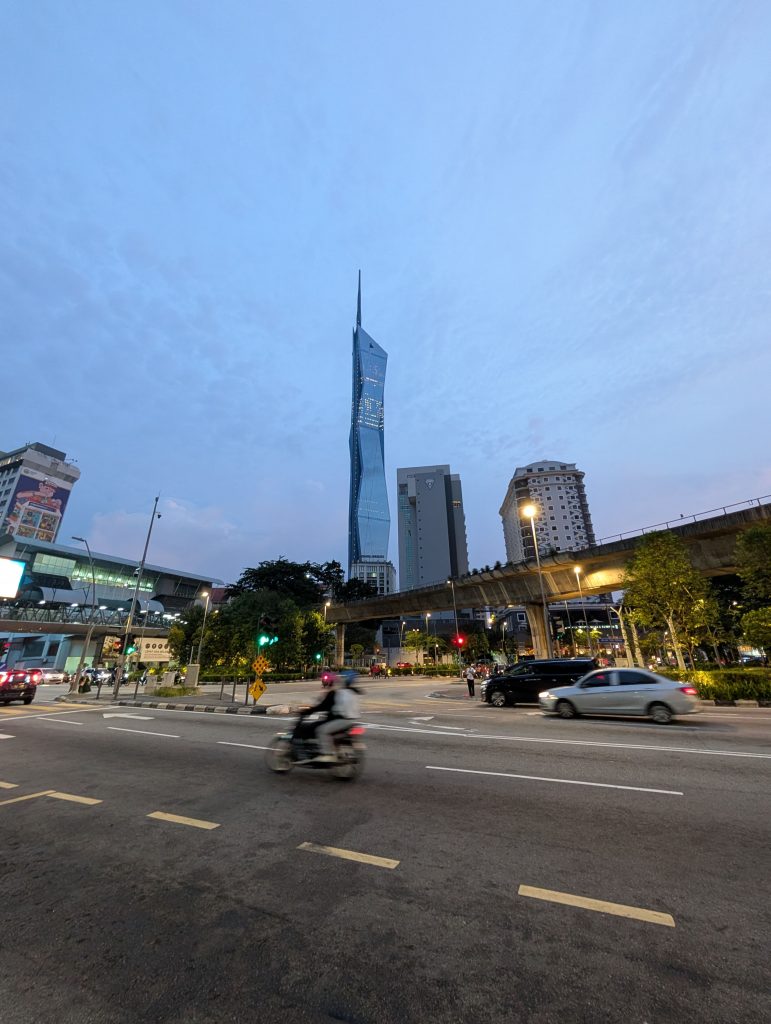







The Google 9 Pro XL did a rather decent job in capturing portraits too, punching out colours that will certainly please most people’s eyes. However, it did lose out in delivering less accurate edge detection when pitted against the iPhone 16 Pro Max, which captured more accurate-looking skin tones too.
When it came to video recording, the Google Pixel 9 Pro XL proved itself as a competent performer, capturing vibrant and stable footage. With that being said, it still has room for improvement when pitted against the iPhone 16 Pro Max, at least when using the main camera. The iPhone not only performed better in stabilisation but also in smoothness.
Already delivered a stunning report card in the photography department, the Pixel 9 Pro XL’s ultrawide angle camera once again impressed me by capturing videos that are not only stable and smooth but also with minimal noise, even when in less-than-ideal lighting conditions.


Aside from the regular camera modes, Google also decided to flex its AI muscles with a new mode called Add Me. But, what’s Add Me? Well, we’ve all been in situations where we want to take a group photo with friends and family but can’t be in the picture due to us being behind the camera. It isn’t the best idea to pass our phones to a stranger to help take a photo for us in this day and age either. This is where Add Me steps in to “save” your day.
The AI feature will first have you take a photo of your friends or family, then have one of them swap positions with you to take another picture, but this time with you in it. Add Me will then combine the two pictures and produce a single picture with everyone in it.

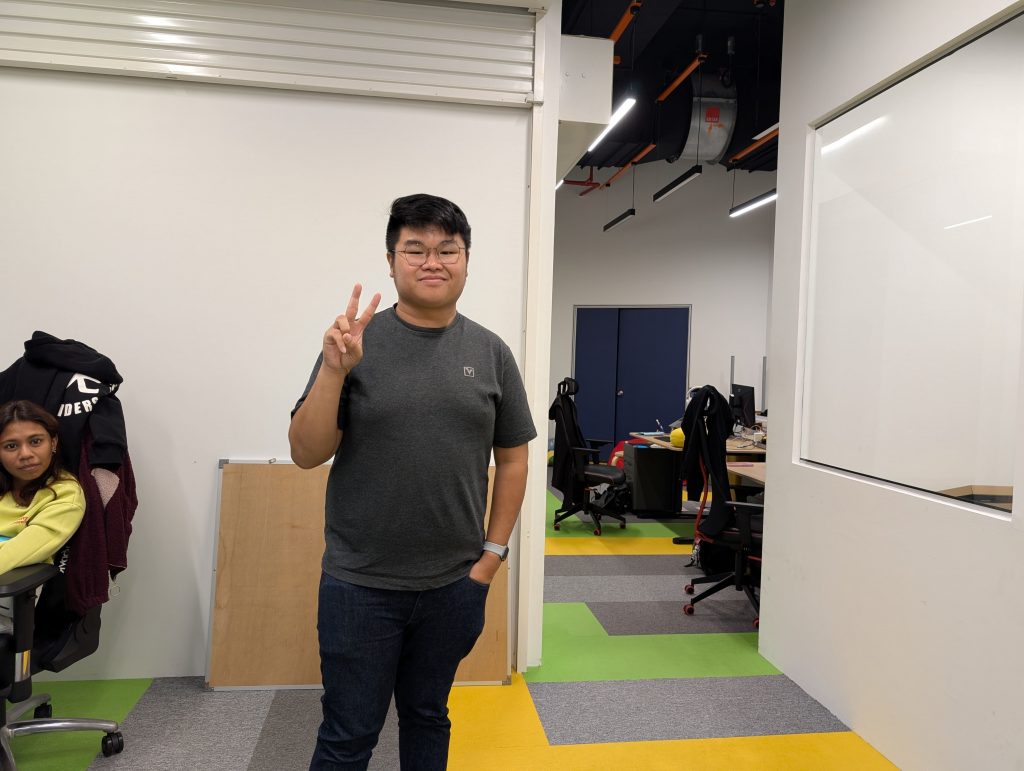




It’s a useful and fun feature to play with, but I have to say that it still isn’t perfect, as it once failed to include both of my legs in a picture, and even stacked my leg on top of my colleague’s. But due to Add Me being the first of its kind, it’s fair to cut it some slack.
If you’re thinking that it’s probably easier to just take a selfie using the front camera or the rear ultrawide camera rather than fiddling with Add Me, well, you do have a point. But if Add Me is an indication of what’s to come in the future, I’m excited to see how features like Add Me can be further refined and perfected as time goes on.




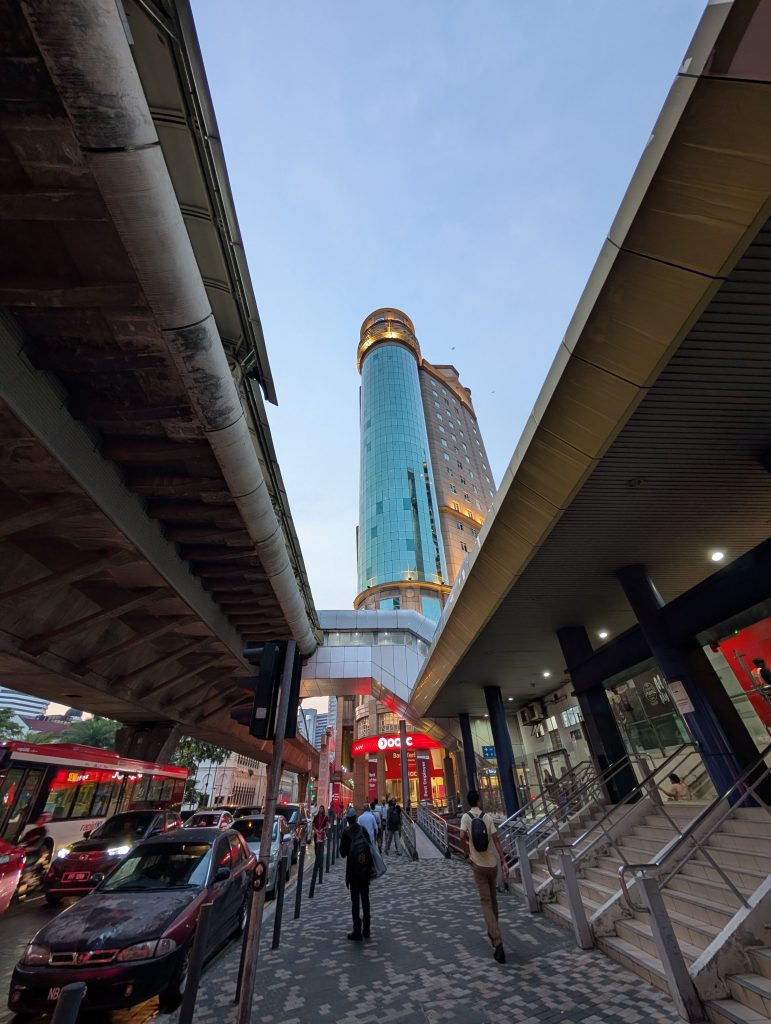
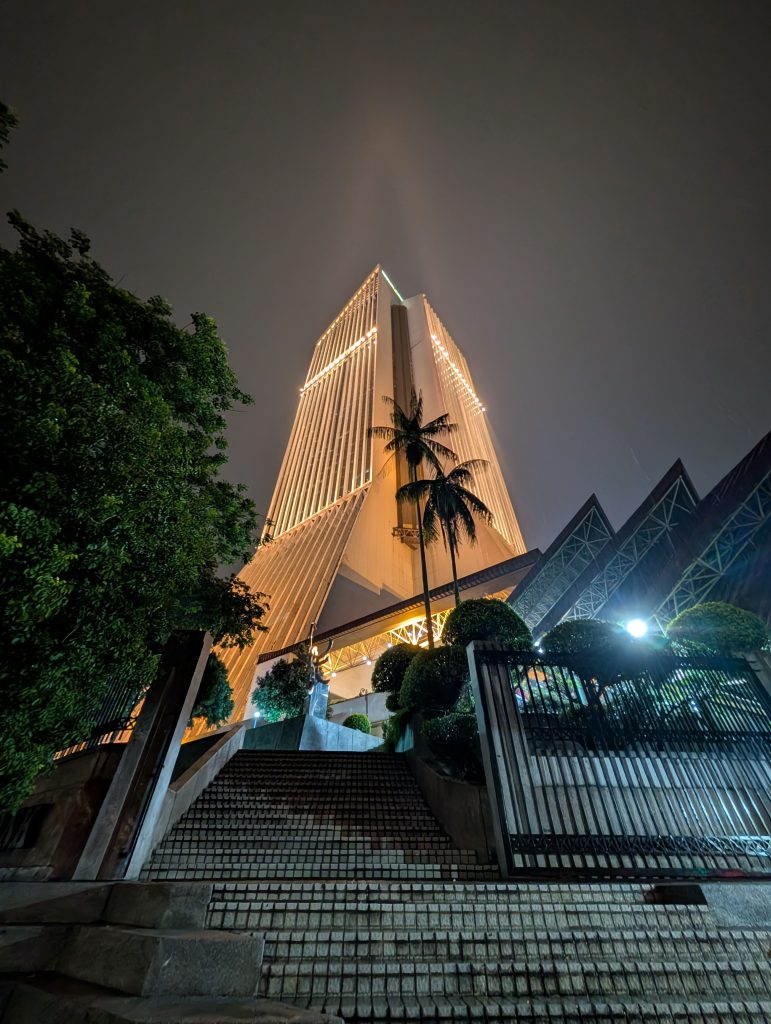

Gemini AI is cool, but could be even better integrated
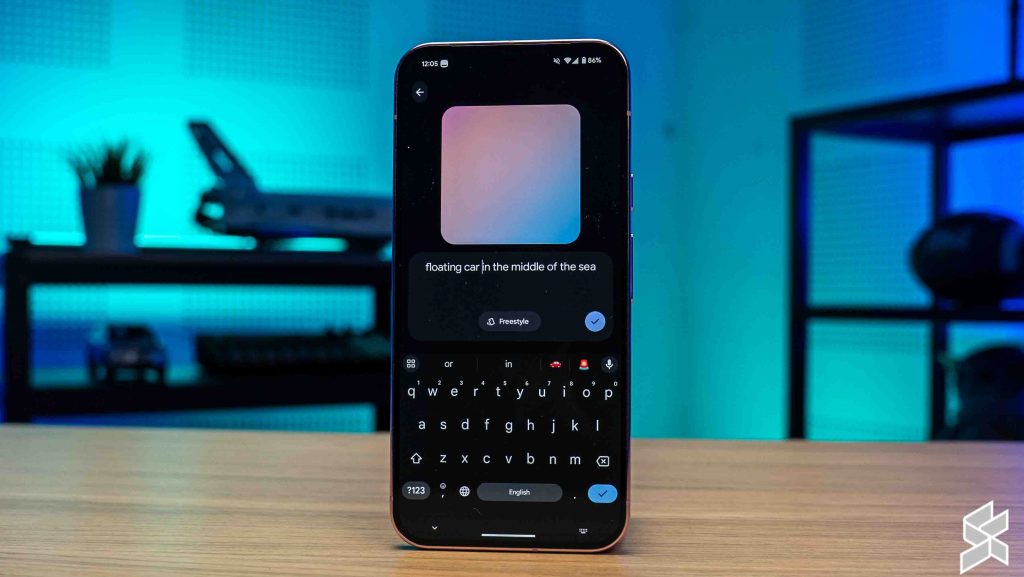
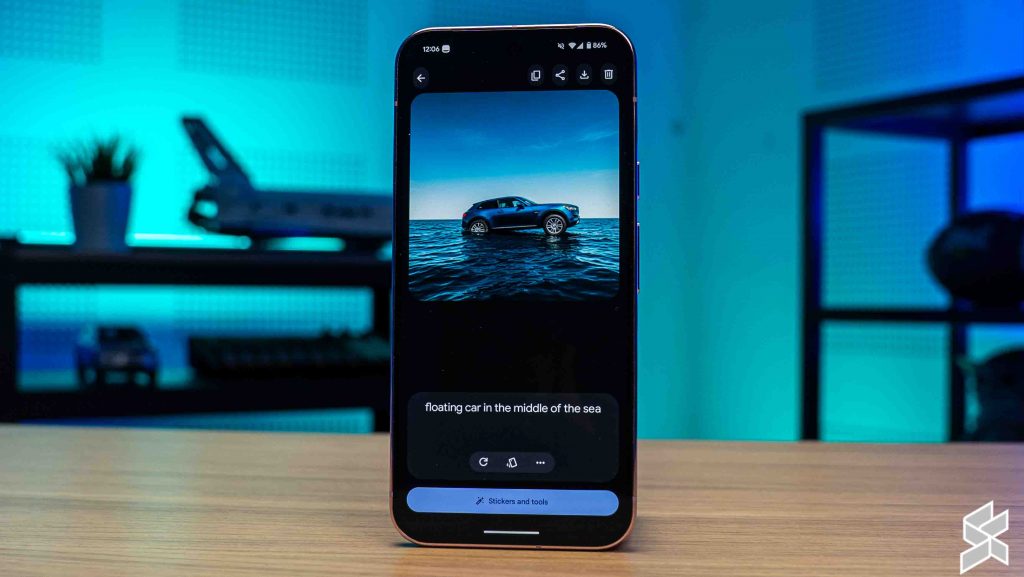
Add Me is just one of the many AI features Google’s Gemini suite offers. This includes the Gemini AI voice assistant and the Magic Editor which allows you to add, remove, or move around certain objects in an image.
You can even ask Gemini to change the background of your image or replace a particular object with something else. There is also the Pixel Studio which can help you create an illustration via text prompt.
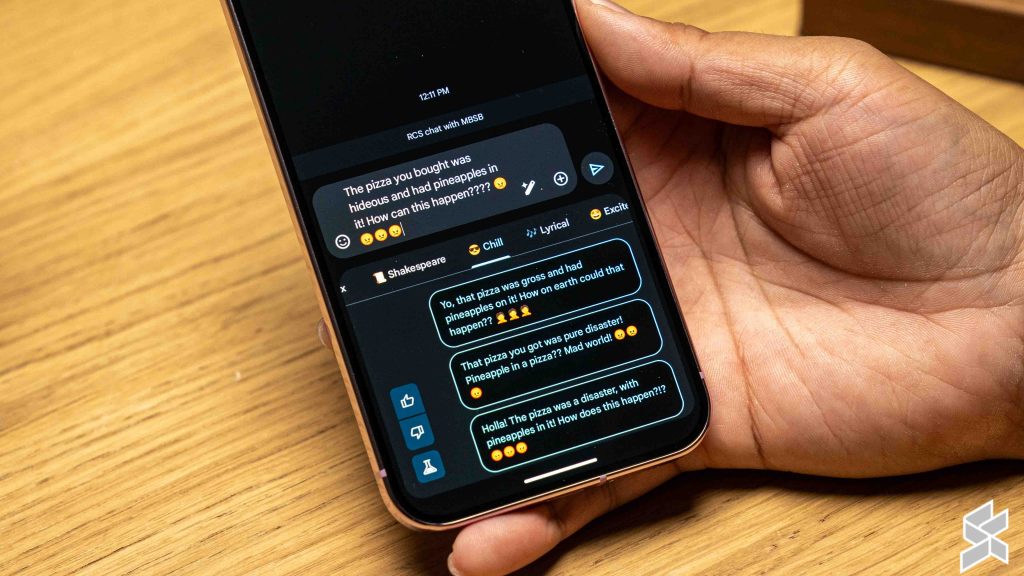
Gemini is undoubtedly powerful and feature-packed. However, Google could have integrated its AI deeper into its smartphones to make activities like texting and note-taking easier. For instance, Chat Assist in Samsung’s Galaxy AI is integrated into the Samsung Keyboard and can be conveniently summoned anytime you are in a chat app. It can help you do things like generate an email based on a couple of keynotes given, change the tone of your text, and correct your spelling and grammar.
On the Pixel 9 Pro XL, however, you will have to summon Gemini to do those things, requiring more steps to achieve the same results. Yes, the Google Messages app does come with the Magic Composer feature, but it’s only available in the Google Messages app and nowhere else, so that means you can’t use it on WhatsApp for instance. Also, it isn’t a Pixel-exclusive feature and is available with all Android devices that have the Google Messages app.
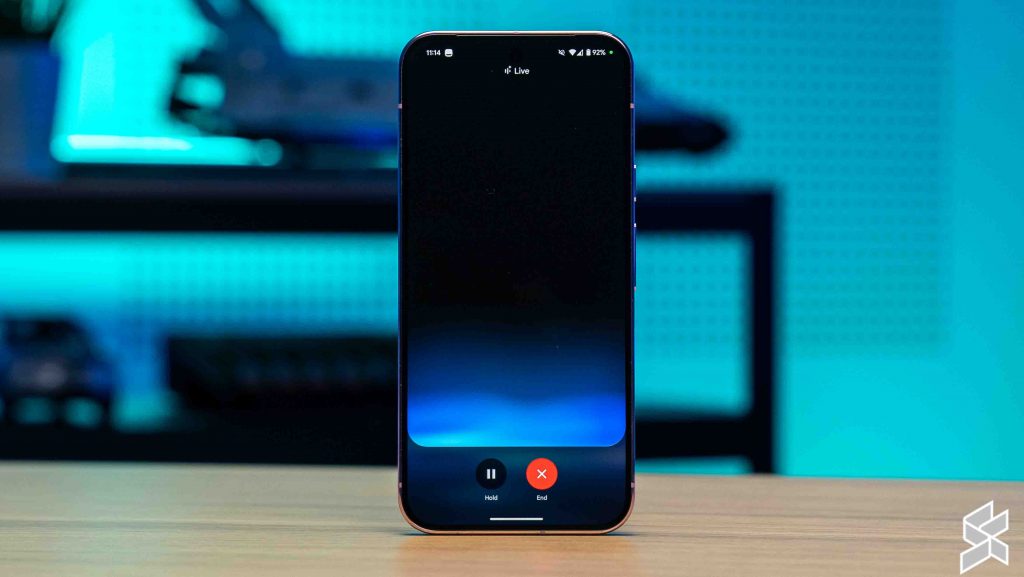
If you have a Google Pixel 9 device, or if you’re planning to get one, good news. Google is packing its Pixel 9 phones with one year of free Gemini Advanced subscription. But yes, just one year. Not all hope is lost, however, as just over a week ago, Google announced that Gemini Live, which used to be locked behind the Gemini Advanced package paywall, is now made available for all Android phones via the Gemini app, at no cost. Thank you, Google.
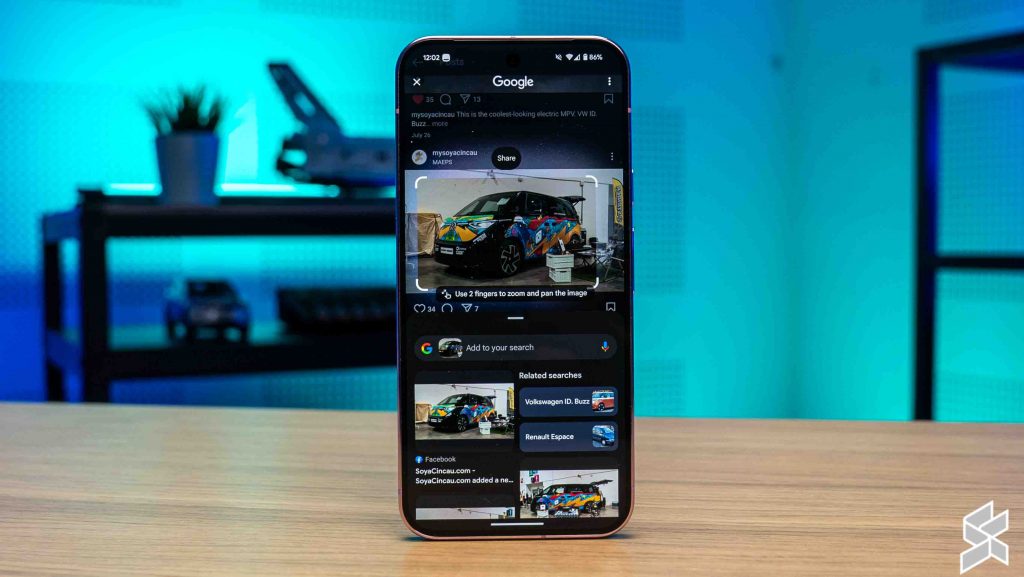
My favourite feature in the Pixel 9 Pro XL has to be the Circle to Search feature, which was first introduced in early 2024. Although not brand new, this feature is super helpful, allowing you to simply circle on anything you wanna know more about on your screen.
XL phone, XL battery life
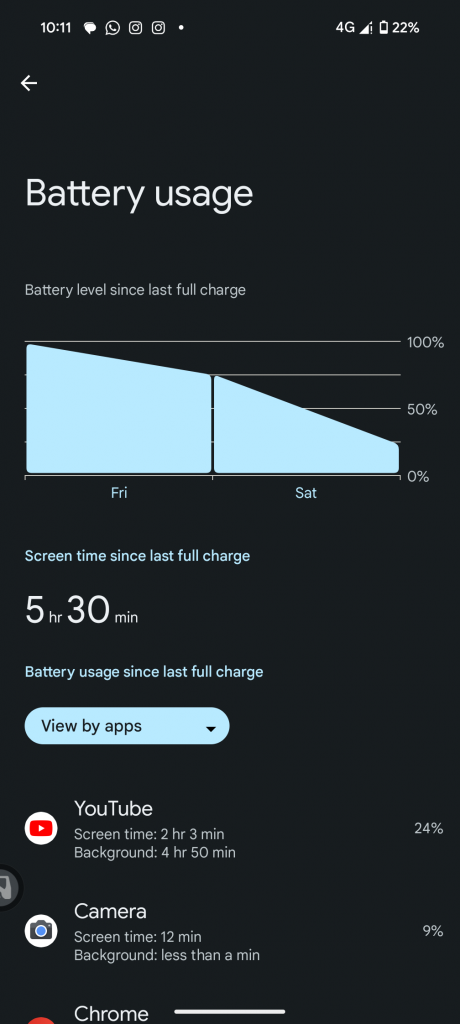
Battery life on the Google Pixel 9 Pro XL has been great. Packing a 5,000mAh battery, I was able to squeeze out at least 5 hours of screen on time from a full day’s use. And that is with WiFi and mobile data left on most of the time and music or podcasts playing in the background. For comparison, our beloved boss, Alex, also got a similar battery life under similar usage patterns using his Samsung Galaxy S24 Ultra.
Even when using the Pixel 9 Pro XL as a mobile hotspot, I still got at least 4 hours and 45 minutes of screen-on time after 24 hours of use. If your usage pattern is more conservative than mine, the Pixel 9 Pro XL should be able to last over a day before needing to be charged.
Speaking of charging, the Pixel 9 Pro XL can be topped up via a USB-C cable at 37W, which is considerably slow by today’s standards. Even the Samsung Galaxy S24 series can accept 45W wired charging. When charging wirelessly, it can take up to 23W using a Pixel Stand, and only 12W with a regular Qi charger.
“Stock Android” for the win?
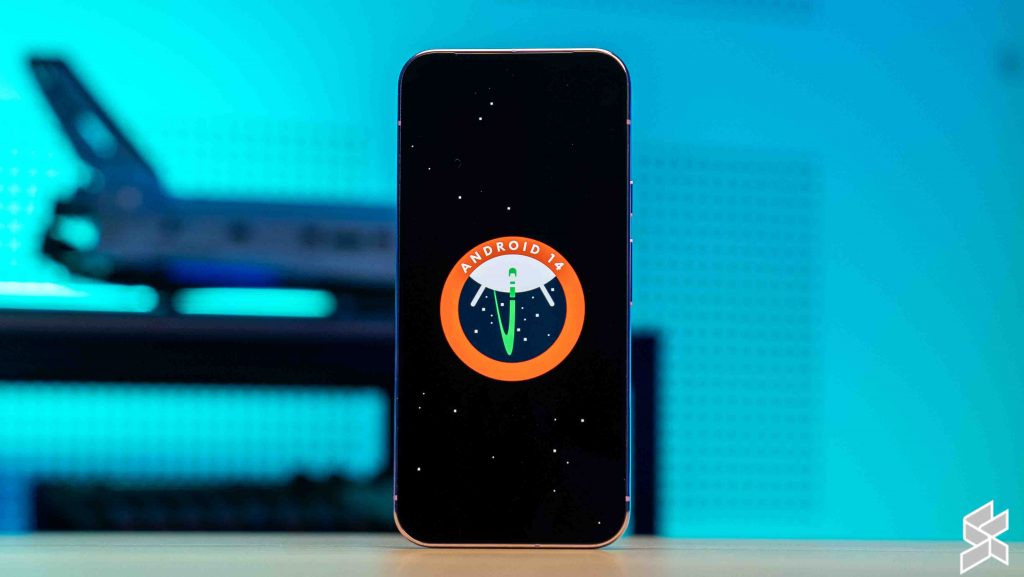
Running on Android 14 out of the box, the Pixel 9 Pro XL features Google’s Pixel UI, or what fans call “stock Android”. Well, technically speaking, there is no longer such thing as “stock Android”, at least for the public.
However, the Pixel UI is still what Google, the maker of Android, envisions the open-source operating system to be like. And it’s a pretty good one at that as Pixel UI is, as you would expect, rather minimalistic and free of bloatware, which is an aspect I thoroughly enjoyed.
Its UX design is also done immaculately and does not look overly complicated or cheesy, making it very easy for the eye. Simply speaking, if you are a fan of Google’s Pixel UI and its simplicity, you will certainly like what the Pixel 9 series has to offer.
What’s even cooler is Google promises 7 years of software updates for the Pixel 9 series and some of its more recent devices. That means you will theoretically be getting software updates on the Pixel 9 even in 2031.
This is beyond how long Apple usually supports its iPhones. For context, the iPhone 6s was among the iPhones that received the longest software support. It was launched in 2015 with iOS 9 and received its final software update, iOS 15.8.1, in 2021.
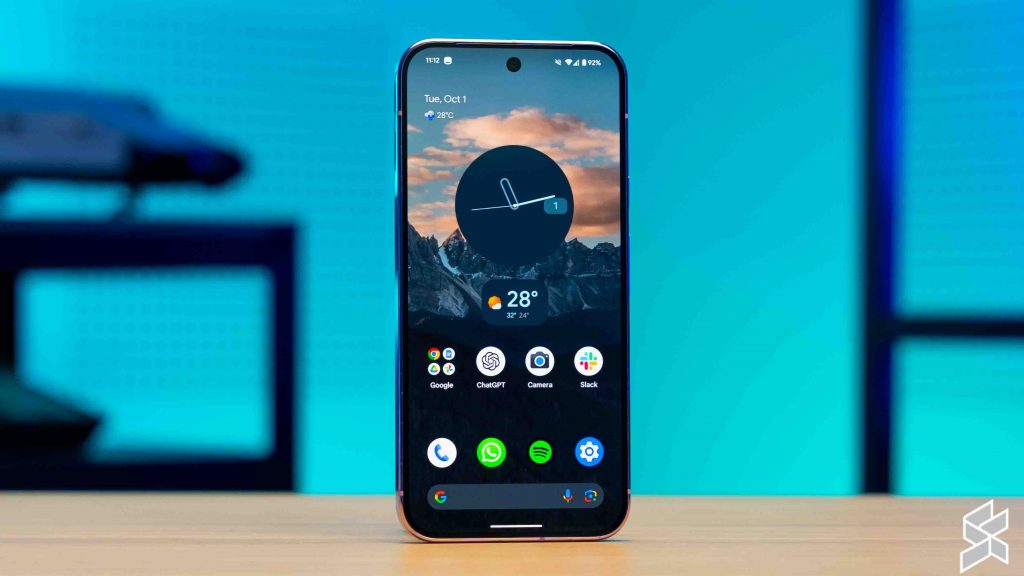
However, when reviewing the Google Pixel 9 Pro XL, I’ve also noticed how far the UI of other OEMs such as Samsung’s One UI and Xiaomi’s HyperOS have come. Used to be disliked by tech enthusiasts, many Android OEMs have gradually learnt to clean up the design of their UI and reduce bloatware, further closing the gap between “non-stock” and “stock” Android.
Although I’m a big fan of how clean Pixel UI is, in certain aspects, it might be too “clean” for its own good. For instance, it’s interestingly missing two features that are commonly found in many other Android UIs, such as double tap to lock screen, where you can simply double tap on an empty part of the screen to lock the phone, instead of always using the power button.
Also missing is a system audio equaliser. It might not sound like much, but as a person who loves his bass when listening to music, having a system audio equaliser is important, especially when not all audio apps on the Google Play Store come with an in-app audio equaliser. To be fair, iPhones like the iPhone 16 Pro Max do not come with a system audio equaliser either. But as the maker of Android, Google shouldn’t have just followed its competitors blindly.
Is the Google Pixel 9 Pro XL worth the hype?
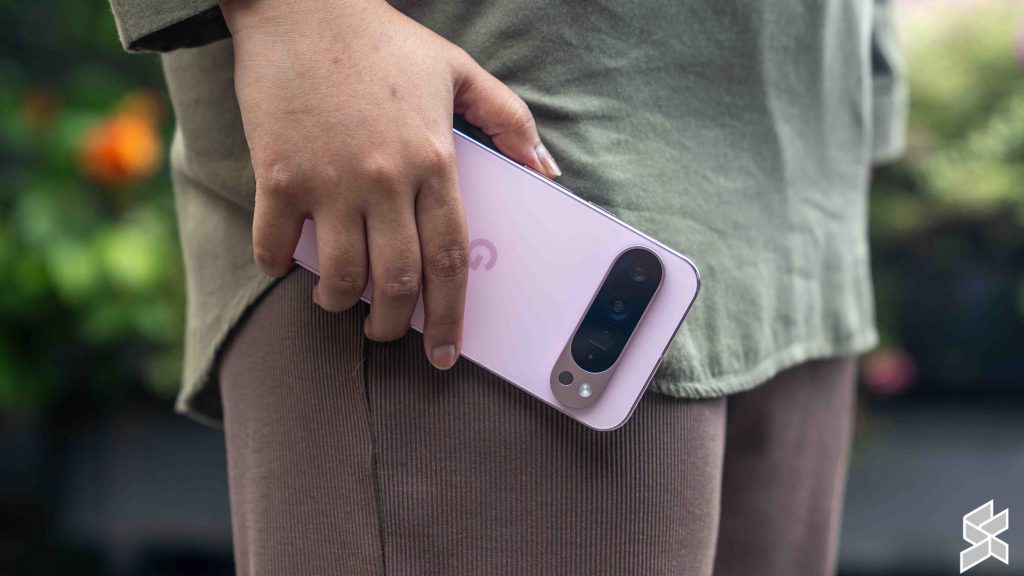
So, is the Google Pixel 9 Pro XL worth the hype, and should you get one? Well yes, especially if you are a fan of the pure Android experience, the Gemini AI features, its gorgeous cameras, or Pixel phones in general. This is also the best Android phone to get if you hate bloatware, and will most probably be the first in line to receive Android updates.
However, the only factor that’s hindering me from recommending it over competitors like the Samsung Galaxy S24 Ultra or iPhone 16 Pro Max is its price. Costing RM6,199 for this 256GB variant, it is RM200 more expensive than the iPhone 16 Pro Max and is just RM100 behind the more feature-filled Samsung Galaxy S24 Ultra for the same amount of storage.
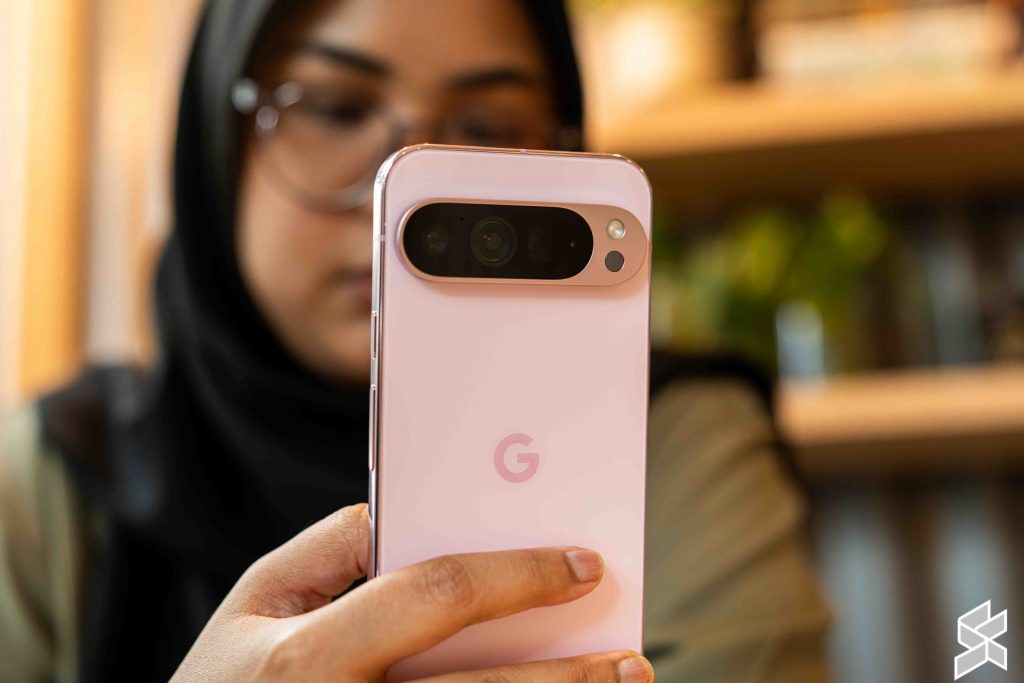
At the time of writing, which is January 2025, you can even get up to RM1,000 discount for the Galaxy S24 Ultra with selected colour options with the 256GB variant on Shopee and Lazada, which automatically makes this Samsung phablet a much better deal than the Pixel 9 Pro XL.
So, all in all, I really do like the Pixel 9 Pro XL, and it has lived up to most of my expectations. But it’s just a little too expensive with its current asking price, at least here in Malaysia. It would also be great for next year’s “Pixel 10” series to come with a truly flagship-grade processor to match its premium price tag, a change that will most certainly please many power users out there.


